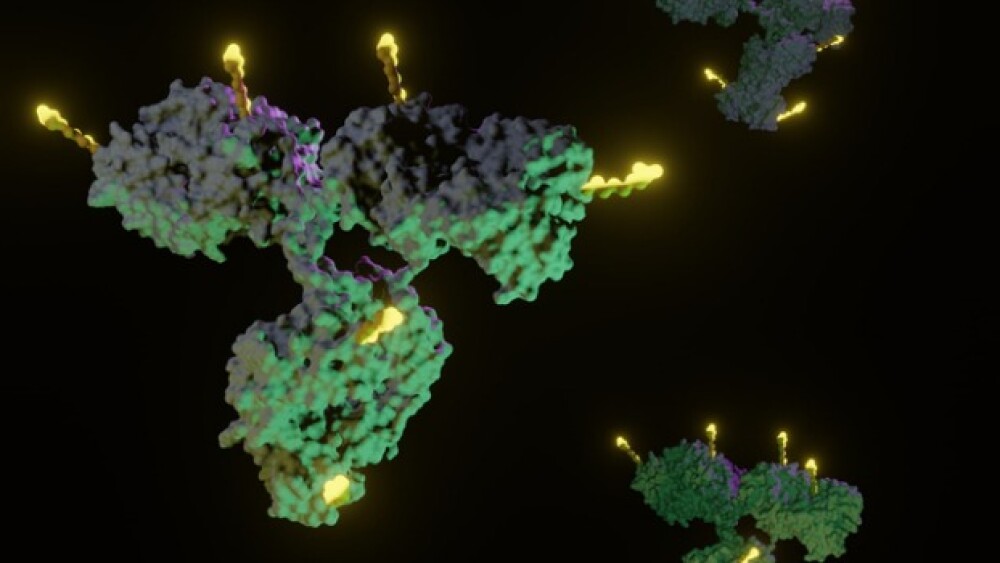In a significant advance toward understanding a perplexing and painful neurological disorder, an international team of researchers has discovered gene mutations associated with an inherited chronic pain and weakness syndrome known as hereditary neuralgic amyotrophy (also called HNA). No treatment is known for this disabling condition, which short-circuits a peripheral nerve center called the brachial plexus, a network of over 100,000 nerves, that branches from the spinal cord to supply muscular function and sensation to the shoulders, arms, and hands. HNA may first appear in the childhood or teen years, and lead to recurring episodes of severe, sudden onset pain in the arms and shoulders as well as weakness, loss of sensation, and muscle wasting. Episodes are often triggered by an infection, an immunization, childbirth, or overworking the arms and shoulders. Nerve inflammation and changes in the blood suggest that problems with the person’s immune response are contributing to the episode. The on again/off again course of the condition, and the environmental triggers, are unusual among inherited nerve disorders. An associated aspect of the disorder in some individuals is facial features -- a long, slender face and narrow, close-set eyes slanting upward -- reminiscent of portraits by the early 20th-century Italian painter Modigliani, according to Phillip F. Chance, MD, professor of pediatrics and neurology at the University of Washington in Seattle, whose laboratory first located the gene for this disorder to chromosome 17 in 1996.Twenty-seven medical scientists at universities in Germany, Belgium, the United States, Finland, and Spain conducted the research to find the specific gene responsible for HNA. The lead authors of the study, which appears in the Sept. 25 edition of Nature Genetics, include Dr. Gregor Kuhlenbaumer of the University of Munster, Dr. Vincent Timmerman of the University of Antwerp, and Dr. Mark C. Hannibal and Dr. Phillip Chance, both from the Division of Genetics and Developmental Medicine at the University of Washington.




